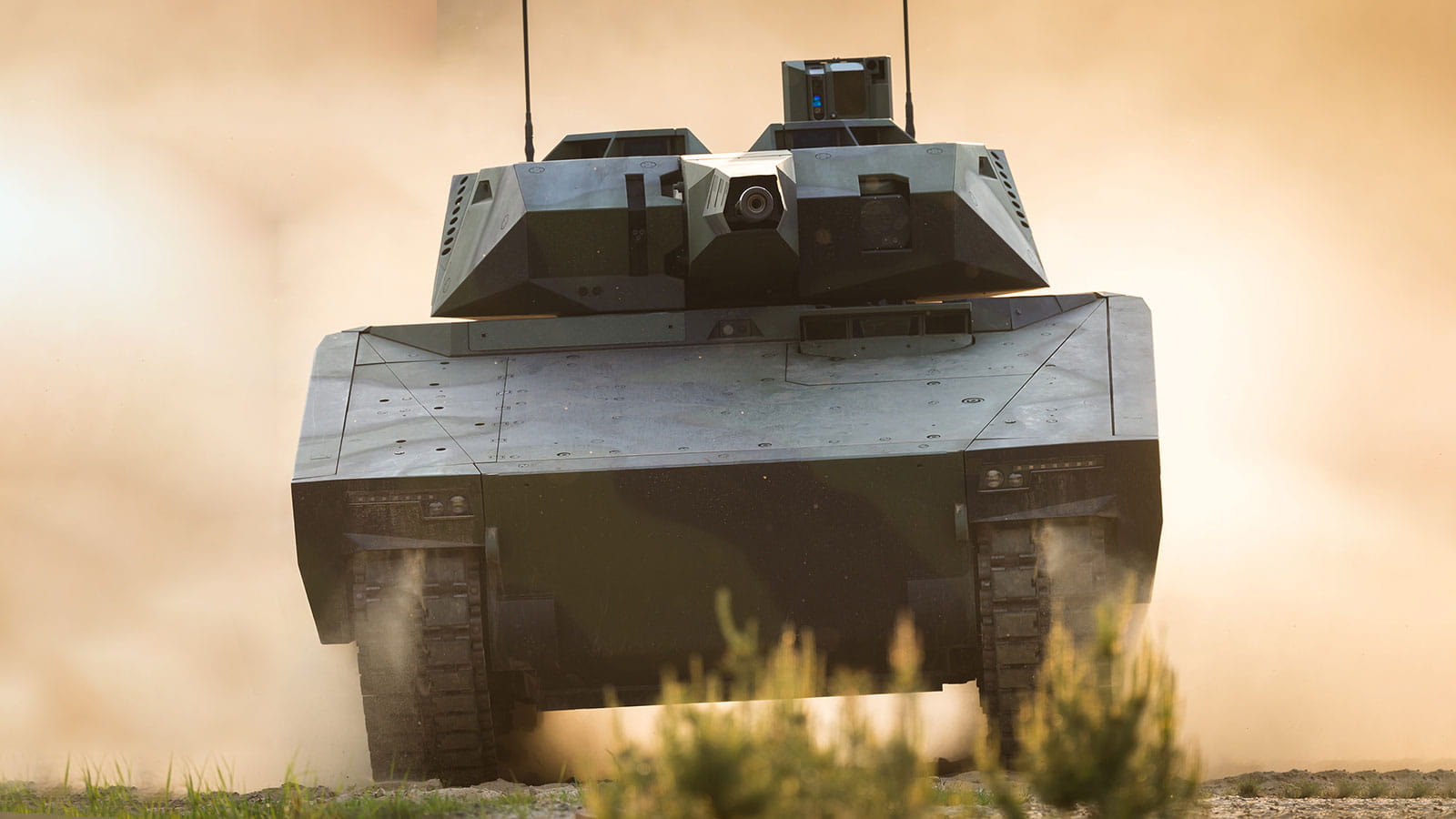Air-breathing hypersonics: A new tactical capability to counter evolving threats
An excerpt from a Breaking Defense Q&A with Wes Kremer, president of Raytheon
- Raytheon and government-industry partners successfully completed the first flight test of a Hypersonic Air-breathing Weapon Concept, or HAWC, in September 2021.
- The HAWC test demonstrated the maturity of an affordable scramjet technology, the basis of air-breathing weapons.
- Wes Kremer, president of Raytheon, spoke to Breaking Defense about HAWC and how we used digital engineering tools to accelerate its design and development. Read the highlights from their discussion; the full story can be found here.
Breaking Defense: What are some of the takeaways that came out of the HAWC test in September?
Wes Kremer: The HAWC flight test validated our digital design and digital engineering concepts where everything was done in a digital model. What amazed me most about the test is that our model performance and our actual performance were almost exact overlays on top of each other.
When you think about having the power to model an environment — in this case the hypersonic flight regime where we as a nation have very little experience — and to be able to have that kind of accuracy really speaks to the power of digital engineering from several aspects.
One is the ability to do cycles of learning in a digital environment instead of building and flying hardware. Two is being able to streamline testing during validation. Digital design and engineering have the ability to cut 30 percent or more out of the development timeline and even potentially more out of the testing timeline.
As the fidelity of our models improves across all of industry, and the government gets more confident that we can show that correlation, the quicker we will see programs of record established to keep our warfighters, citizens and allies safe.




